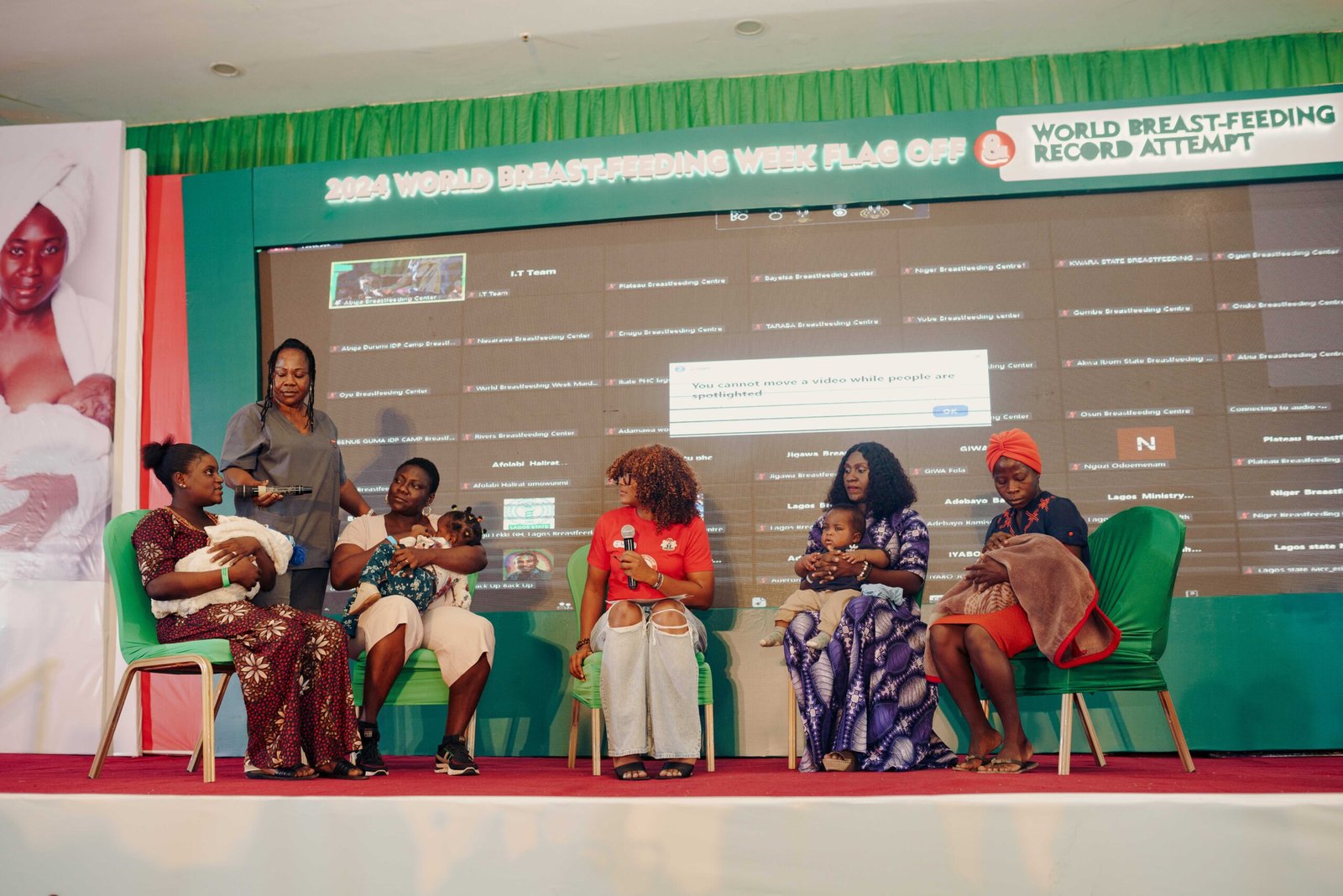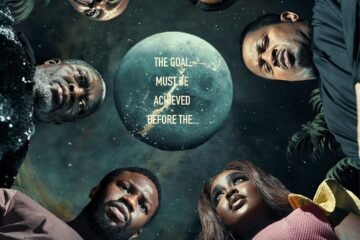Comparison phrases like ‘the book was better’ and ‘I loved the book more’ often stem from a longing to witness cherished literary sequences replicated on screen just as they were envisioned in the mind’s eye. This desire for faithful replication arises from the emotional attachment book lovers hold for the original text.
However, it’s crucial to acknowledge that a film can never fully encapsulate the essence of a book, just as a book can’t entirely take the place of the medium of film.
Expecting a literal transmutation of every aspect of a book onto the audiovisual medium is almost impractical. Instead of debating which version is superior, the focal point should be on evaluating whether the adaptation is well-executed.
It is in light of this that we have put together a guideline of what we believe everyone should know when seeing an adapted screen project.
1. AN ADAPTATION IS AN INTERPRETATION
Translating a text from one medium to another is akin to translating languages—it’s impossible to maintain a perfect replica. Occasionally, the original intent might be lost in this transition. While some adaptations fall short, it’s essential to recognize the challenges inherent in the process.
2. TIME CONSTRAINTS DIFFER
Films, by nature, operate within concise time frames. What might take hours, weeks, or months to read in a book can be consumed in a mere few hours on screen. The real challenge for filmmakers lies in curating what to include, condense, or exclude. However, this doesn’t dismiss instances of poorly executed adaptations.
3. THE FILMMAKER’S VISION VARIES
Books craft vivid imagery within the reader’s mind, resulting in a unique, subjective experience. No two readers will visualize the same scenes exactly alike, regardless of the writer’s vivid descriptions. Dismissing a filmmaker’s interpretation solely because it deviates from our own is unnecessary.
4. WATCHING BEFORE READING CAN ALTER PERSPECTIVE
Experimenting with watching the movie before delving into the original book might yield surprising results. It’s possible to find oneself proclaiming “the movie was better” due to the lasting impact of the visual experience. For instance, for me, after watching The Hate You Give, diving into the book proved challenging, as the mind clung to the cinematic portrayal, altering the reading experience. In such instances, the novel effectively starts to feel like the adaptation.
5. APPRECIATE THE CREATIVE INTERPRETATION
Each adaptation represents a unique creative interpretation by a team of individuals aiming to capture the essence of the source material. While it might not align perfectly with our personal imagination, it’s essential to appreciate the creative choices made by the filmmakers, actors, and production team. Understanding and respecting the creative process can foster a deeper appreciation for the adaptation as an independent artistic creation.
Books are not films and films are not books. They are different art mediums and serve different doses of entertainment and other purposes. Hence, they should be treated and experienced differently.
Keeping this distinction in mind negates the need to engage in the ‘which is better’ debate, and instead prompts consideration of the adaptation’s quality.








